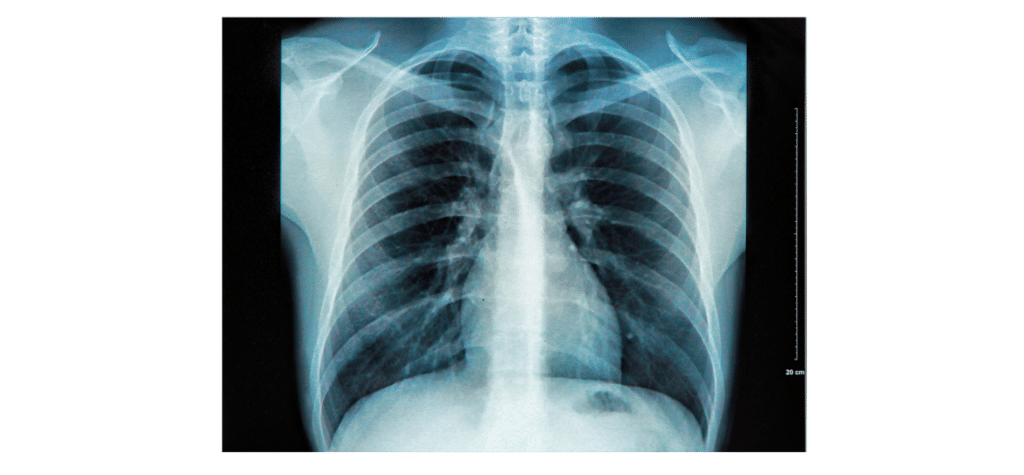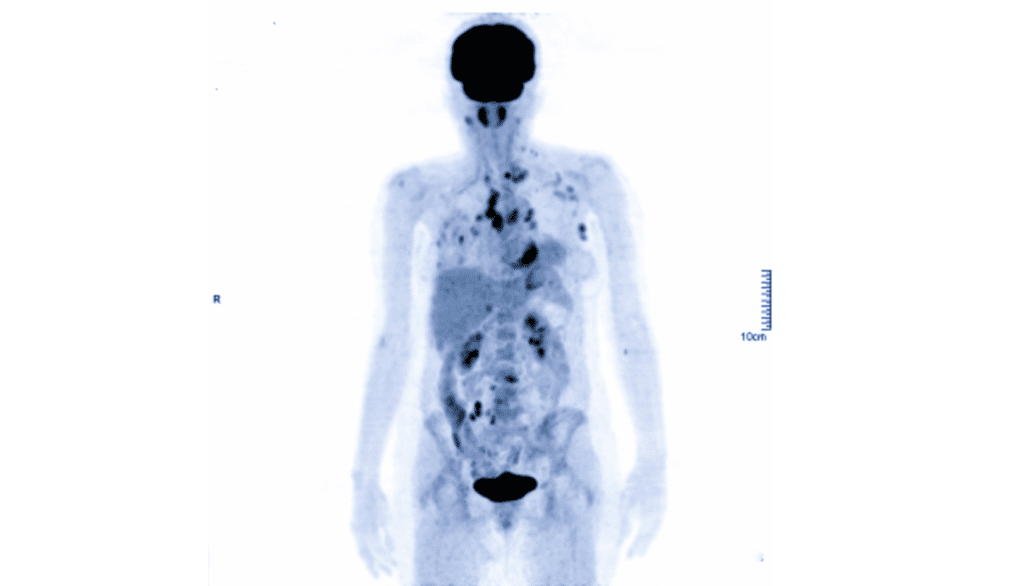Ultraviolet, X-rays and Gamma Rays
Ultraviolet, X-rays and Gamma Rays Revision
Ultraviolet, X-rays and Gamma Rays
There are a range of uses of ultraviolet, X-rays and gamma rays however these types of electromagnetic waves can be harmful.
Ultraviolet Radiation
Ultraviolet radiation (UV) has wavelengths of approximately 10^{-8} \text{ m}. Whilst ultraviolet waves are useful, they can also be harmful because ultraviolet radiation can damage cells and ionise (remove electrons from) the atoms in our DNA. This can cause sunburn, DNA mutations and cancer.
The following are uses of ultraviolet waves:
- Fluorescence – this is where certain compounds, when exposed to ultraviolet waves, emit visible light. Fluorescent lights are very energy efficient.
- Security pens – these are used to mark objects with writing that is only visible under ultraviolet light.
- Tanning – the sun emits ultraviolet radiation and this can give you a sun tan if you spend a lot of time outside. Tanning salons also use ultraviolet lamps to give you a sun tan when it is not sunny outside. However, lots of exposure to ultraviolet radiation can be harmful.
X-rays and Gamma Rays
X-rays and gamma rays have the shortest wavelengths of all the types of electromagnetic radiation. They have very high energies and are therefore potentially the most harmful.

The main uses of X-rays and gamma rays are in medicine:
- X-ray Imaging – X-rays mostly pass through soft tissue such as muscle and fat but they are absorbed by denser materials like bones. This means if we take a picture of the body using X-rays, we can see the what the bones look like inside the body.

- Medical Tracers – these are radioactive medicines that are used to either treat a disease or take an image. For example, the image on the right shows a PET image. This image was taken by injecting a radioactive medical tracer into the body and then detecting the radiation emitted by the tracer.
- Radiotherapy – this is where X-rays and gamma rays are used to treat cancers. The high doses of radiation from the X-rays and gamma rays kills the cancer cells.
Risk and Dose
The risk of exposure to radiation depends on how much energy is transferred from the radiation to your body. High frequency (short wavelength) radiations such as ultraviolet, X-rays and gamma rays all have high energy. This means they are potentially very harmful.
UV radiation damages cells on the surface of the body, causing skin burn and premature ageing as well as, in severe cases, blindness. This can also lead to an increased risk of skin cancer.
X-rays and gamma rays are both types of ionising radiation. This means that they have high enough energy to remove electrons from atoms. If this happens to atoms in the DNA in cells, it can cause gene mutations, cancer and cell death.
Radiation dose is a measure of the risk of radiation. It is not a measure of how much radiation has been absorbed.
The radiation dose depends on how much radiation has been absorbed and how harmful the radiation is.
Radiation dose is measured in Sieverts \text{(Sv)} or milli Sieverts \text{(mSv)}.
Ultraviolet, X-rays and Gamma Rays Example Questions
Question 1: State 1 use and 1 risk of ultraviolet radiation.
[2 marks]
Any one use:
- Fluorescence
- Security pens
- Tanning
Disadvantage
Any one from:
- Sunburn
- Cell damage
- DNA damage
- Cancer
- Gene mutations
- Blindness
Question 2: A patient is having a chest X-ray where X-rays are aimed at the patient and detected on the other side of them. Explain why an X-ray image shows the patient’s bones.
[2 marks]
X-rays are absorbed by dense materials such as bone.
X-rays pass through less dense materials such as muscle and fat.
Question 3: What does radiation dose indicate?
[1 mark]
A measure of the risk of radiation.






